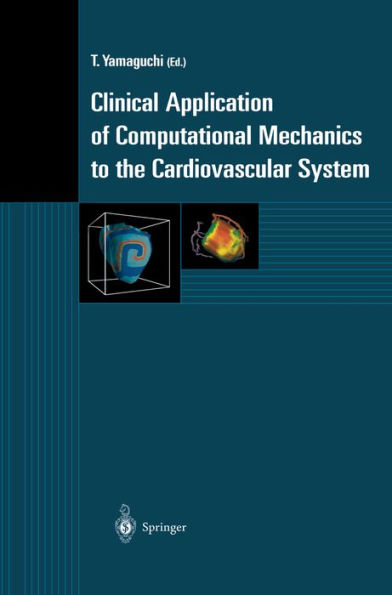Vascular diseases, particularly atherosclerosis, are the most frequent and critical underlying fatal disorders in the industrialized world. Cardiovascular deaths are the leading cause of death in the Western world. Although cancer or malignant neoplasms recently have topped the list of causes of deaths in Japan, cardiovascular and cerebrovascular diseases bring about more deaths than cancer if they are reclassified into a unified category of diseases of the vascular system. The National Cardiovascular Center was established by the Ministry of Health and Welfare of Japan to combat cardiovascular and cerebrovascular diseases. Since the Center was opened, we have continued to support basic and clinical sturlies of cardiovascular and cerebrovascular diseases within as weil as outside the Center. Clinical studies that we have supported in modern diagnostic and therapeutic measures against cardio- and cerebrovascular diseases have made remarkable advances in recent years, especially in medical imaging technology including CT and MRI, and in interventional measures including balloon angioplasty and other catheter-based treatments. We are proud of the significant improvement in the overall survival rate and the quality of life of patients suffering from vascular disorders. However, there are still many essential difficulties remaining in the diagnosis and treatment of vascular disorders. Such difficulties necessitate further fundamental studies not only from the practical aspect but also from the integrated perspectives of medicine, biology, and engineering.
"1101678754"
Clinical Application of Computational Mechanics to the Cardiovascular System
Vascular diseases, particularly atherosclerosis, are the most frequent and critical underlying fatal disorders in the industrialized world. Cardiovascular deaths are the leading cause of death in the Western world. Although cancer or malignant neoplasms recently have topped the list of causes of deaths in Japan, cardiovascular and cerebrovascular diseases bring about more deaths than cancer if they are reclassified into a unified category of diseases of the vascular system. The National Cardiovascular Center was established by the Ministry of Health and Welfare of Japan to combat cardiovascular and cerebrovascular diseases. Since the Center was opened, we have continued to support basic and clinical sturlies of cardiovascular and cerebrovascular diseases within as weil as outside the Center. Clinical studies that we have supported in modern diagnostic and therapeutic measures against cardio- and cerebrovascular diseases have made remarkable advances in recent years, especially in medical imaging technology including CT and MRI, and in interventional measures including balloon angioplasty and other catheter-based treatments. We are proud of the significant improvement in the overall survival rate and the quality of life of patients suffering from vascular disorders. However, there are still many essential difficulties remaining in the diagnosis and treatment of vascular disorders. Such difficulties necessitate further fundamental studies not only from the practical aspect but also from the integrated perspectives of medicine, biology, and engineering.
119.49
In Stock
5
1

Clinical Application of Computational Mechanics to the Cardiovascular System

Clinical Application of Computational Mechanics to the Cardiovascular System
eBook (2000)
$119.49
$159.00
Save 25%
Current price is $119.49, Original price is $159. You Save 25%.
Related collections and offers
119.49
In Stock

Product Details
| ISBN-13: | 9784431679219 |
|---|---|
| Publisher: | Springer Japan |
| Publication date: | 06/29/2013 |
| Sold by: | Barnes & Noble |
| Format: | eBook |
| File size: | 28 MB |
| Note: | This product may take a few minutes to download. |
About the Author
From the B&N Reads Blog
